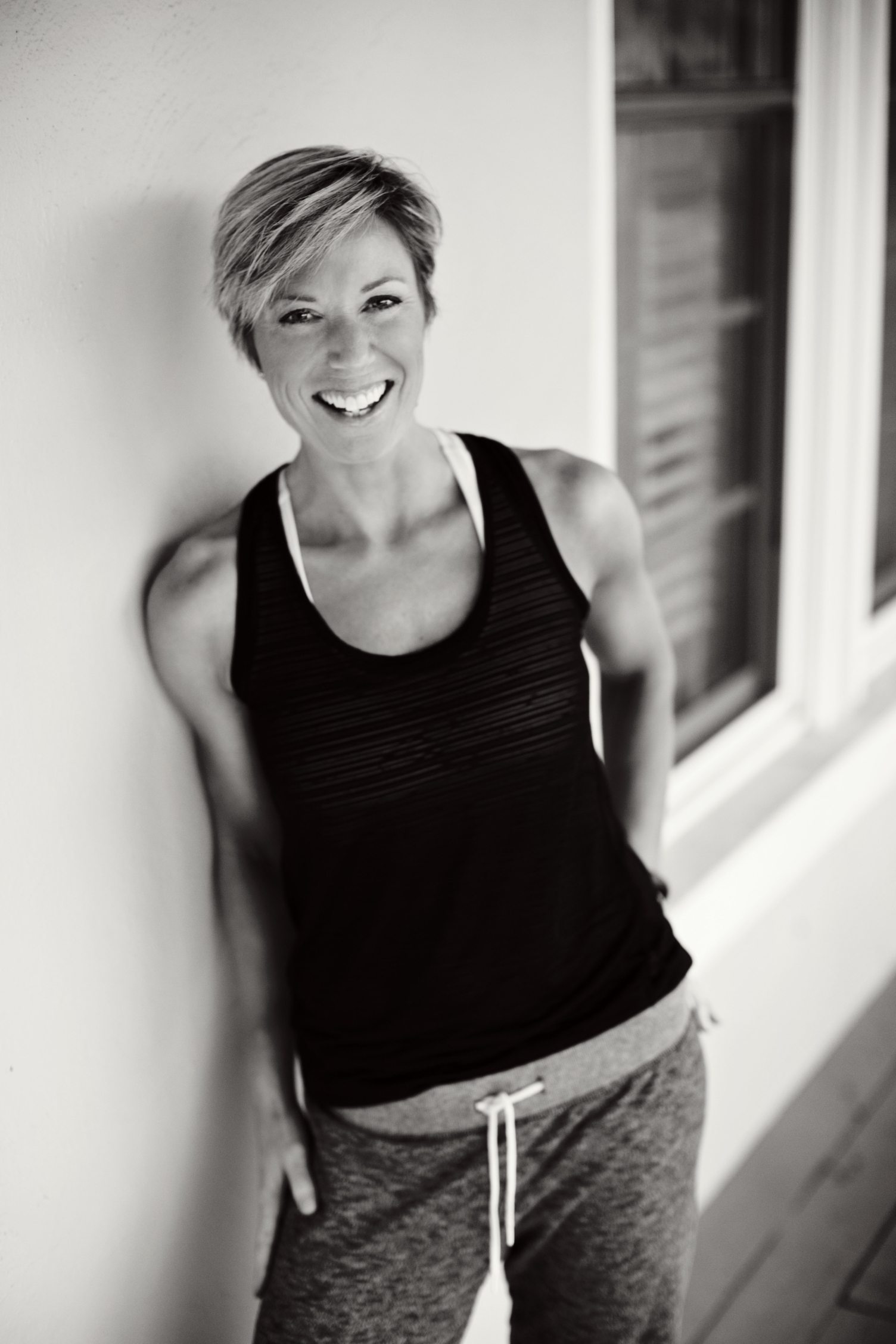
Erin Oprea – Tabatas: Like Getting HIIT by a 4×4 – #313
What You Will Hear (note: timestamps represent audio, video may differ)
- 0:00 – Cool Fact of the Day
- 0:46 – Casper Mattresses
- 3:00 – Introducing Erin Oprea
- 4:13 – Fitness training celebrities
- 8:23 – Endurance vs. high intensity
- 12:15 – Thoughts on supplements
- 13:40 – Overtraining & innovative training
- 19:16 – Four toxic foods
- 26:58 – Sleep & diet
- 30:35 – Cancelling cravings
- 36:14 – Success stories from the 4×4 Diet
- 43:34 – Losing belly fat
- 44:12 – Developing a recipe book
- 47:08 – Erin’s favorite recipe
- 48:04 – Habits and values from the military
- 55:41 – Top 3 recommendations to kick more ass and be Bulletproof!
Featured
Casper Mattresses promo code: bulletproof
Resources
Sodium and the renin-angiotensin-aldosterone system
On Combat, The Psychology and Physiology of Deadly Conflict in War and in Peace
On Killing: The Psychological Cost of Learning to Kill in War and Society
Bulletproof
Bulletproof Chocolate Fuel Bars
Questions for the podcast?
Leave your questions and responses in the comments section below. If you want your question to be featured on the next Q&A episode, submit it using our Podcast Voicemail! You can also ask your questions and engage with other listeners through The Bulletproof Forum, Twitter, and Facebook!
Subscribe To The Human Upgrade
In this Episode of The Human Upgrade™...
BOOKS
4X NEW YORK TIMES
BEST-SELLING SCIENCE AUTHOR
Smarter
Not Harder
Smarter Not Harder: The Biohacker’s Guide to Getting the Body and Mind You Want is about helping you to become the best version of yourself by embracing laziness while increasing your energy and optimizing your biology.








